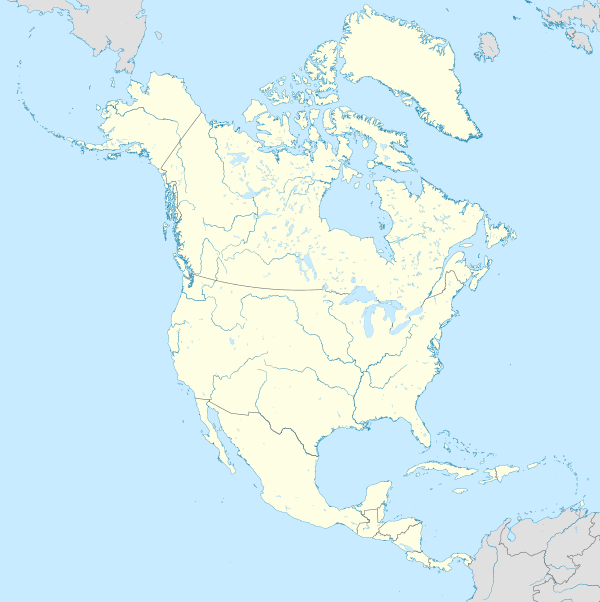Seventh-day Adventist education
 | |
| Type | Religious/Non-Profit |
|---|---|
| Location | |
Region served | Worldwide |
Parent organization | General Conference of Seventh-day Adventists |
| Website | www.nadadventist.org |
| Part of a series on |
| Seventh-day Adventist Church |
|---|
 |
|
Adventism Seventh-day Adventist portal |
The Seventh-day Adventist educational system is the second-largest Christian school-system in the world, after the Roman Catholic system.[1][2]
The Seventh-day Adventist Church has a total of 7,598 educational institutions operating in over 100 countries around the world with over 1.5 million students worldwide.[3]
The denominationally-based school system began in the 1870s.[4] The church supports holistic education:
Mental, physical, social, and spiritual health, intellectual growth, and service to humanity form a core of values that are essential aspects of the Adventist education philosophy.— [4]
The Journal of Adventist Education (JAE) is published.
Education by level
Tertiary
The Adventist Church, usually through Union-level administrative units, operates a wide range of post secondary educational institutions in every region of the world that include:
- language schools
- Worker-training institutes (ministers, teachers, Bible workers)
- Junior Colleges (2-year programs)
- four-year liberal-arts colleges
- full universities offering education up to doctorate level
- healthcare-focused schools, often associated with Adventist hospitals
- medical schools
Education by area
North America
The North American Division Office of Education oversees 1049 schools with 65,000 students in the United States, Canada, and Bermuda.
Asia
In some Asian countries, Adventist schools are referred to as "Sam Yuk" (Cantonese), "Samyuk" (Korean), "San iku" (Japanese), or similar, meaning literally "three-bodied". This refers to a holistic education involving the three components of mind, body and spirit/soul. Contemporary approaches commonly include a fourth component, social.
See also
- List of Seventh-day Adventist secondary and elementary schools
- List of Seventh-day Adventist colleges and universities
- List of Seventh-day Adventist hospitals
- List of Seventh-day Adventist medical schools
- Seventh-day Adventist Church
- General Conference of Seventh-day Adventists
- Christian school
References
- Alita Byrd, "The Changing Landscape of Adventist Higher Education in North America". Spectrum 37 (Spring 2009), p37–50
- Steve Daily, "My Dream for Adventist Higher Education". Adventist Today 8 (Jan–Feb 2000), p18–19
- ↑ "Is the end near? A look at Seventh-day adventists". ebscohost.com.
- ↑ The Christian Science Monitor. "For real education reform, take a cue from the Adventists". The Christian Science Monitor.
- ↑ "Department of Education :: Seventh-day Adventist Church". adventist.org.
- 1 2 Education on the church's official website
External links
- Seventh-day Adventist Church Depart of Education official website
- A Statement on Theological and Academic Freedom and Accountability, voted in 1987
- "For real education reform, take a cue from the Adventists" by Elissa Kido. The Christian Science Monitor, November 15, 2010
